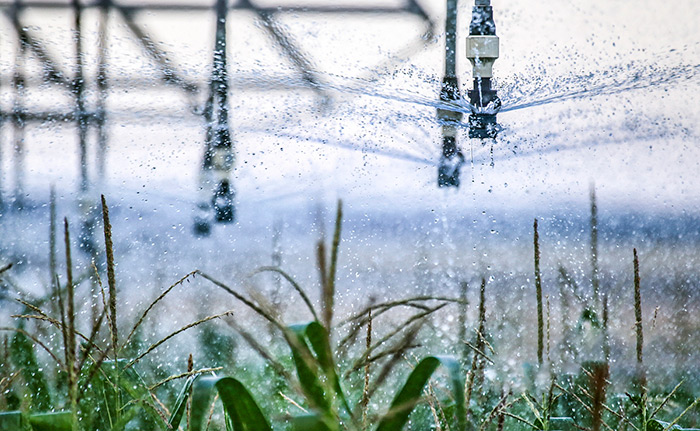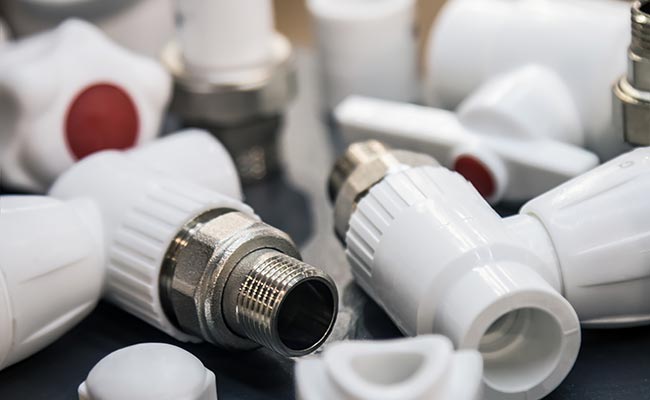Turbalaryňyzda nädogry suw akmagyndan alada galýarsyňyzmy? Bu akym gymmat nasoslara zeper ýetirip, tutuş ulgamyňyzy hapalap biler, bu bolsa işiň azalmagyna we abatlanmagyna sebäp bolup biler.
PVC pru springina barlag klapany, suwuň diňe bir tarapa akmagyna mümkinçilik berýän awtomatiki howpsuzlyk enjamydyr. Enjamyňyzy goramak we suw üpjünçiligiňizi arassa we ygtybarly saklamak üçin islendik ters akymy derrew blokirlemek üçin pru springina ýüklenen disk ulanýar.
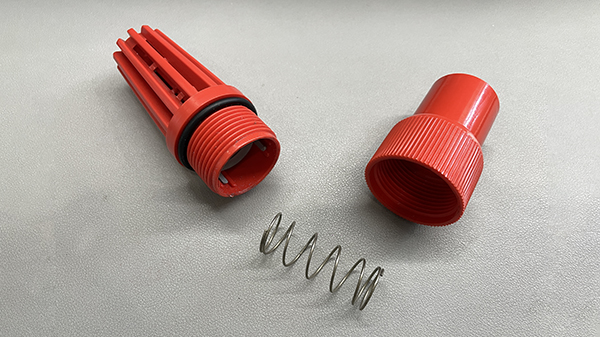
Bu mowzuk ýaňy-ýakynda Indoneziýadan uly satyn alyş menejeri Budi bilen geçirilen söhbetdeşlikde ýüze çykdy. Iň gowy müşderilerinden biri, suwaryş potratçysy nasosyň syrly ýanandygy sebäpli maňa jaň etdi. Birnäçe derňewden soň munuň sebäbiniň anädogry barlag klapanýapyp bilmedi. Suw beýik turbadan yza çekildi we sebäp boldyguratmak üçin nasoswe aşa gyzmak. Budi müşderisi lapykeç boldy we Budi bu kiçijik komponentleriň ulgamy goramakda şeýle uly rol oýnaýandygyna düşünmek isledi. Bu ajaýyp ýatlatma boldyklapandiňe bir edýän işi bilen çäklenmän, onuň öňüni alýan betbagtçylyk hakda-da.
PVC barlag klapanynyň maksady näme?
Nasos ulgamyňyz bar, ýöne ony nädip goramalydygyny bilmeýärsiňiz. Simpleönekeý elektrik togy, nasosyňyzy zaýalap, suw çeşmäňizi hapalap, suwuň yza akmagyna ýol açyp biler.
Esasy maksady aPVC barlag klapanakymynyň awtomatiki öňüni almakdyr. Nasoslary zeperlerden goramak we hapalanmagyň öňüni almak üçin möhüm ähmiýete eýe bolan ulgamda suwuň ýa-da beýleki suwuklyklaryň diňe öňe gidip biljekdigini üpjün etmek üçin bir taraplaýyn derweze hökmünde çykyş edýär.
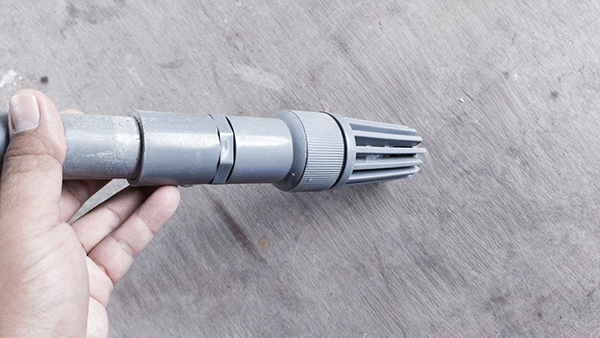
Turbageçirijiňiziň goragçysy hökmünde pikir ediň. Onuň ýeke-täk işi nädogry ugra gitmäge synanyşýan islendik zady duruzmak. Bu köp programmalarda möhümdir. Mysal üçin, anasos ulgamy, aklapan barlaňnasos öçürilende sorulan suwuň çukura gaýdyp gelmegini saklaýar. Ansuwaryş ulgamy, suw sepilen kelleleriň suwuň yza çekilmeginiň we howuzlaryň döremeginiň ýa-da nasosyň zaýalanmagynyň öňüni alýar. Barlag klapanynyň gözelligi, ýönekeýligi we awtomatiki işlemegi; oňa adam ýa-da elektrik giriş gerek däl. Diňe suwuň basyşyna we akymyna esaslanýar. Budi müşderisi üçin işleýän bir klapan adaty gün bilen gymmat enjam çalşylmagynyň arasyndaky tapawut bolardy.
Klapan we top klapan barlaň: Tapawudy näme?
| Aýratynlyk | PVC barlag klapan | PVC top klapan |
|---|---|---|
| Funksiýa | Yza gaýdyp gelmeginiň öňüni alýar (bir taraplaýyn akym) | Akymy başlaýar / saklaýar (ýapýar / ýapýar) |
| Amal | Awtomat (akym bilen işjeňleşdirilen) | Gollanma (tutawajy öwürmegi talap edýär) |
| Dolandyryş | Akym gözegçiligi ýok, diňe ugur | Işletmek / öçürmek ýagdaýyny el bilen dolandyrýar |
| Esasy ulanyş | Nasoslary goramak, hapalanmagyň öňüni almak | Ulgamyň izolýasiýa bölekleri, ýapyk nokatlar |
Bahar barlag klapanynyň maksady näme?
Barlag klapan gerek, ýöne haýsy görnüşini ulanjagyňyzy bilmeýärsiňiz. Dikligine ýa-da burçda gurnamaly bolsaňyz, adaty swing ýa-da top barlag klapany işlemän biler.
Bahar barlag klapanynyň maksady, islendik ugurda çalt, ygtybarly möhür bermekdir. Bahar, agyrlyk güýjüne bil baglamazdan, dikligine, keseligine ýa-da bir burçda işlemegini üpjün edip, diski ýapmaga mejbur edýär we çalt ýapylmagy bilen suw çekiçiniň öňüni alýar.
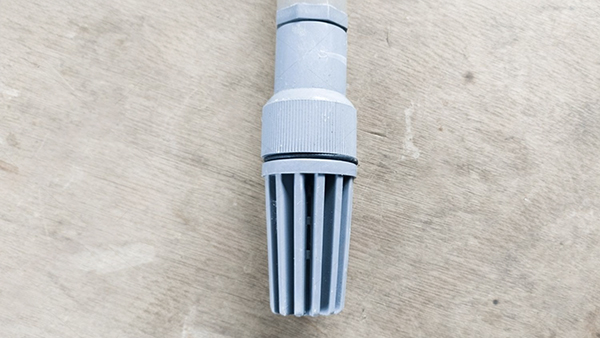
Bu ýerde esasy komponent bahardyr. Beýleki barlag klapanlarynda, swing barlagy ýaly, ýönekeý flap akym bilen açylýar we akym tersine öwrülende agyrlyk güýji bilen ýapylýar. Gorizontal turbalarda gowy işleýär, ýöne dikligine gurlan bolsa ygtybarly däl. Bahar oýny düýbünden üýtgedýär. Üpjün edýärpozitiw kömek. Bu, öňe akymyň togtadylan pursatynda, pru springina diski işjeň ýagdaýda itekleýär we berk möhür döredýär. Bu hereket, agyrlyk güýjüne ýa-da basyş üçin garaşmakdan has çalt we kesgitli. Bu tizlik azaltmaga hem kömek edýär “suw çekiç, "Akym birden duranda ýüze çykyp biljek zyýanly tolkun. Budi üçin abahar barlag klapanmüşderilerine has gurnama çeýeligi we has gowy gorag berýär.
Bahar barlag klapan vs. Swing barlag klapan
| Aýratynlyk | Bahar barlag klapan | Swing barlag klapan |
|---|---|---|
| Mehanizm | Bahar ýüklenen disk / gurjak | Berkidilen flapper / derweze |
| Ugrukdyrma | Islendik ýagdaýda işleýär | Gorizontal gurnama üçin iň gowusy |
| Osingapylýan tizlik | Çalt, oňyn ýapylmak | Has haýal, agyrlyk güýjüne / akymyna bil baglaýar |
| Iň gowusy | Çalt möhür, dik işlemeli programmalar | Doly akym möhüm bolan pes basyşly ulgamlar |
PVC barlag klapany erbet bolup bilermi?
Çek klapanyny birnäçe ýyl ozal gurnadyňyz we henizem gowy işleýär öýdýän. Görünmeýän, aňdan daşdaky bu komponent, bütin maksadyny ýitirip, garaşýan sessiz şowsuzlyk bolup biler.
Hawa, PVC barlag klapany düýbünden erbet bolup biler. Iň köp ýaýran şowsuzlyklar, klapan açyk galyndylar, içki baharyň gowşamagy ýa-da döwülmegi, ýa-da rezin möhüriň könelmegi we berk möhür döretmezligi. Şonuň üçin wagtal-wagtal gözden geçirmek möhümdir.
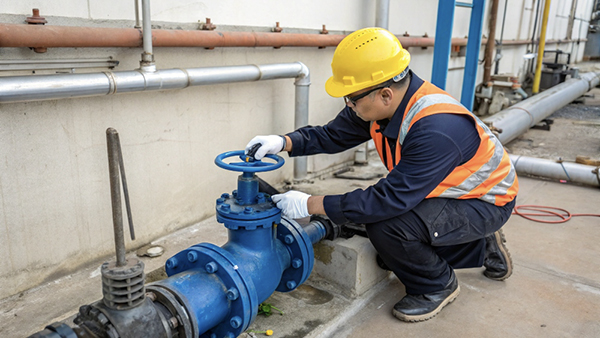
Islendik mehaniki bölek ýaly, barlag klapanynyň hyzmat möhleti bar we könelýär. Galyndylar birinji duşman. Suw çeşmesinden kiçijik gaýa ýa-da bölek bölek, disk bilen oturgyjyň arasynda saklanyp, bölekleýin açyk saklanýar we akymyň akmagyna ýol açýar. Wagtyň geçmegi bilen bahar dartgynlygyny ýitirip biler, esasanam ýygy-ýygydan nasos tigir sürýän ulgamlarda. Bu has gowşak möhüriň ýa-da haýal ýapylmagyna getirýär. Kauçuk möhüriň özi himiki täsirlerden peselip ýa-da ýaşy peselip, döwülip biler. Budi bilen bu barada pikir alyşanymda, güýçli poslamaýan polat çeşmeleri bilen ýokary hilli klapanlary hödürleýändigine düşündiçydamly möhürleresasy satuw nokadydyr. Bu diňe bir baha nokadyna ýetmek däl; ahyrky ulanyjy üçin geljekdäki kelle agyrylarynyň öňüni alýan ygtybarlylygy üpjün etmek hakda.
Umumy şowsuzlyk rejeleri we çözgütleri
| Alamat | Ablyhtimal sebäp | Nädip düzetmeli |
|---|---|---|
| Yzygiderli akym | Galyndylar klapan açyk. | Vanany aýryň we arassalaň. Upokarky akymda süzgüç guruň. |
| Nasos sikllerini çalt açmak / öçürmek | Vananyň möhri geýilýär ýa-da çeşme gowşak. | Mümkin bolsa möhri çalyşyň ýa-da tutuş klapany çalyşyň. |
| Bedeniň görünýän çatryklary | UV zeperlenmegi, himiki gabat gelmezlik ýa-da ýaş. | Klapan ömrüniň ahyryna ýetdi. Derrew çalyşyň. |
Bahar ýüklenen klapanyň maksady näme?
“Bahar ýüklenen” adalgasyny görýärsiňiz, ýöne haýsy artykmaçlygy hödürleýändigine haýran. Nädogry klapan görnüşini ulanmak netijesizlige ýa-da zarba tolkunlaryndan turba ulgamyňyza zeper ýetirip biler.
Barlag klapan ýaly pru springina ýüklenen klapanyň maksady, çeşmäniň güýjüni awtomatiki we çalt hereket etmek üçin ulanmak. Bu akymyň çalt we berk möhürlenmegini üpjün edýär we ters akym güýçlenmezden öň ýapmak arkaly suw çekiçiniň zyýanly täsirleriniň öňüni almaga kömek edýär.
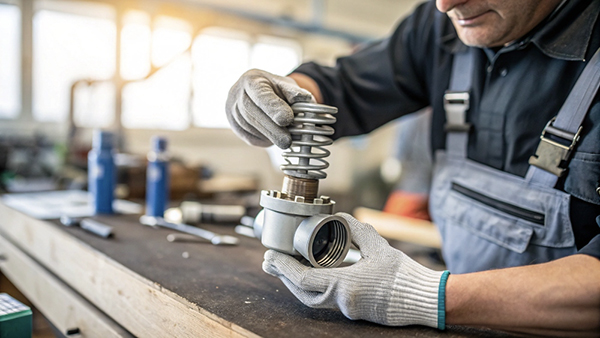
Bahar, aslynda daşarky kömek etmezden, klapanyň esasy işini güýçlendirýän hereketlendiriji. Derrew hereket etmäge taýyn gysylan ýagdaýda geçirilýär. Gürrüň edenimizdebahar ýüklenen barlag klapanlary, bu dessine hereket olary aýratynlaşdyrýar. Suw çekiç, hereket edýän suwuň sütüni birden saklananda, turbanyň üsti bilen yza gaýdyş basyşyny iberýär. A.haýal ýapylýan swing barlag klapansuwuň ahyrsoňy ýapylmazdan ozal yza gaýdyp başlamagyna rugsat berip biler, bu bolsa hakykatdanam sebäp bolýarsuw çekiç. Bahar ýüklenen klapan şeýle çalt ýapylýar welin ters akym hiç haçan başlamaz. Bu ýokary basyşly ýa-da çalt akýan suwly ulgamlarda möhüm artykmaçlykdyr. Bu ýönekeý dizaýnlaryň gabat gelmeýän gorag derejesini üpjün edip, umumy we weýran ediji suw geçiriji meselesiniň işlenip düzülen çözgüdi.
Netije
PVC pru springina barlag klapany, nasoslary goramak we çalt, ygtybarly möhüri bilen suw çekiçiniň öňüni almak üçin çeşmäni ulanýan möhüm enjamdyr.
Iş wagty: Iýul-04-2025


